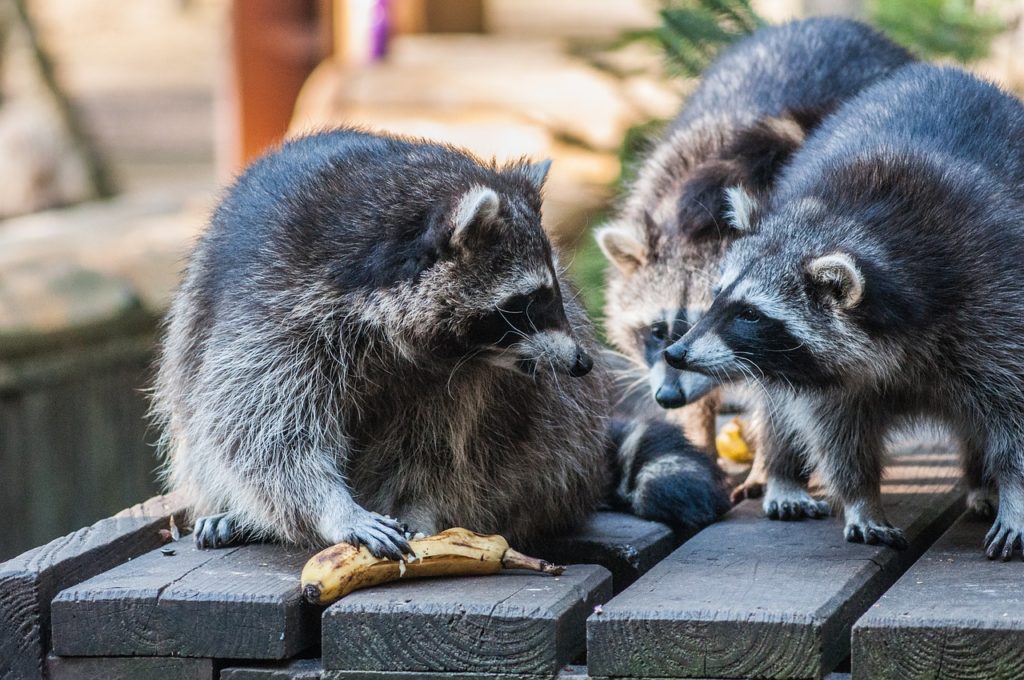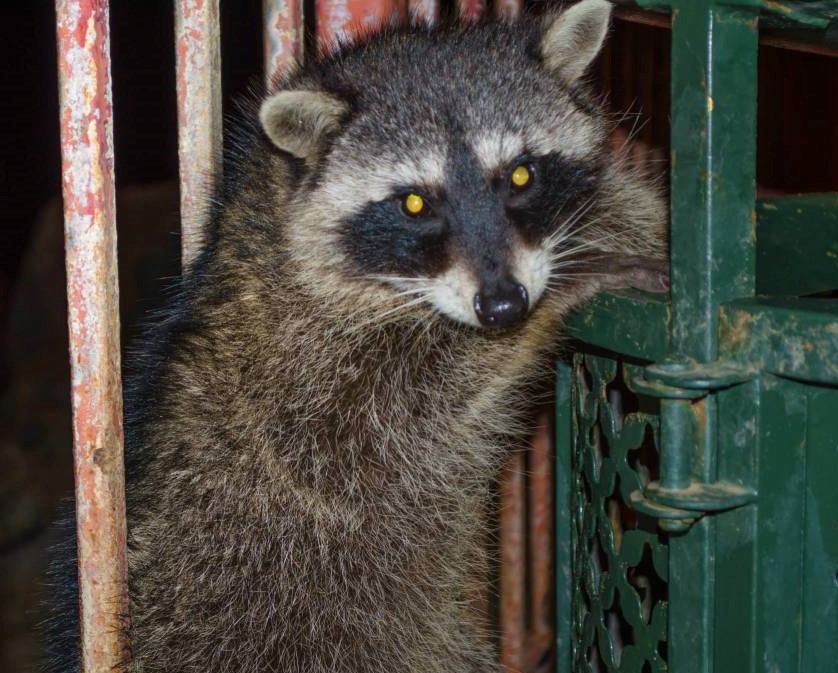
Raccoons can be pretty unpleasant. Just ask anybody who has had the bad luck seeing their garbage toppled over, the contents of which have been scattered all over the lawn. Now picture what they can do if left for a time inside your home. Grand Rapids raccoon removal can stop the animals from ravaging your trash bins.
Raccoon damage in the home
Contents
When raccoons settle inside an attic they are capable of causing significant amounts of property damage. We frequently discover that the damage raccoons do to gain entry to your attic is the tip of the iceberg compared to what they do within. In very little time, a family of raccoons is capable of ruining your insulation and filling your attic with harmful and odorous urine and feces.
What are the signs of Raccoon damage?

There are some things that you can watch out for when it comes to raccoon damage to your home, ideas that let you understand that you are in truth handling a raccoon and not something else. Knowing the indications will help you make the best choices for reclaiming your house from animal trespassers such as raccoons.
Signs of raccoon damage to your home consist of:
- The damage will probably take place in the attic.
- Inside the attic you may find flattened insulation, versatile ducts that have been ripped apart, and chewed electrical wiring. This suggests insulation that does not insulate, and harmed circuitry that can cause a fire.
- Droppings might be discovered in a central place on the roof, referred to as a raccoon latrine, or inside the attic.
- Search for torn soffits under eaves, broken or chewed eave fascia boards, roof shingles torn away near vents, or damaged attic vents.
Urine and Feces
An even scarier idea for people is the fact that raccoons will use your attic as a giant litter box. The amount of urine and feces produced by a single raccoon is enough to develop some major health concerns. These issues are increased when as many as eight babies are born and raised just inches above your ceiling.
One of the most significant risks related to raccoons can be found in their feces. Baylisascaris is an infection caused by a roundworm in raccoon excrement. The roundworm eggs are frequently discovered inside raccoon droppings and if consumed by humans can trigger serious damage to the nervous system or death. Make sure you remain clear of any locations in your home or attic that might contain raccoon urine or feces.
Roof Damage
Raccoons typically get in homes through the roof and discover their way into the attic. Any roof damage caused by raccoons needs to be repaired as quickly as possible since big openings on or near the roof can lead to structural damage and permit rain inside which can trigger water damage and mold.
Damage in Attics
The majority of raccoon damage occurs on the roof and in the attic. Raccoons tear apart attics once inside because they are searching for products to build a nest. They might rip apart drywall, insulation, and pipeline insulation, and they have also been known to tear holes in air ducts and even live within the HVAC system. Raccoons will likewise chew on wood and electrical wiring which is a major fire risk. Some wildlife experts might not have the ideal equipment or training to totally repair all the damage brought on by a raccoon in the attic, making it essential to contact a restoration professional.
Insulation
With the typical raccoon weighing in at 25-30 lb (11-14 kg) they can quickly stomp and compress attic insulation merely by strolling around. Raccoon damage can cost you thousands of dollars in inflated heating and cooling bills. Beyond insulation, raccoons often damage ventilation and electrical systems through attics. Without repair, these damages can lead to fire, water damage, and even mold.
Also Read:
Raccoon Out In Daytime
